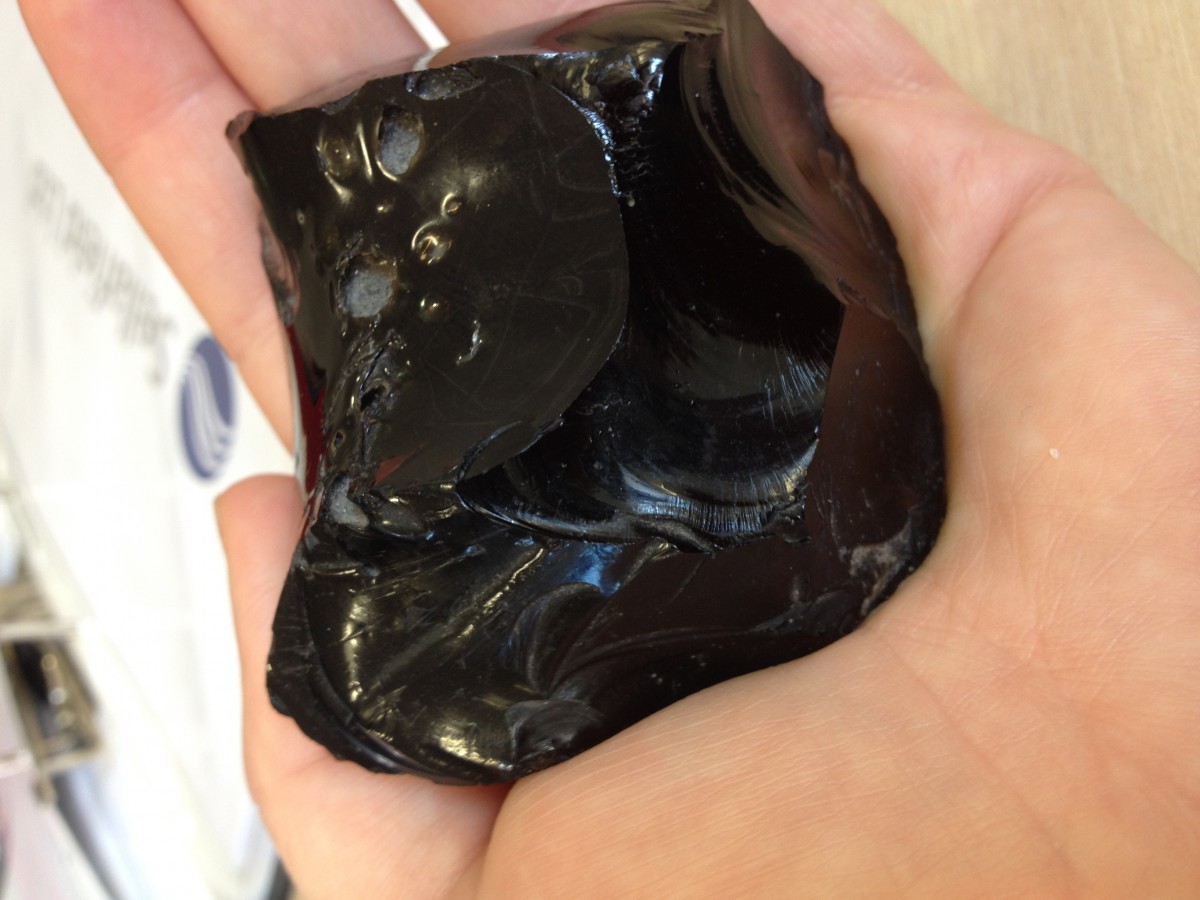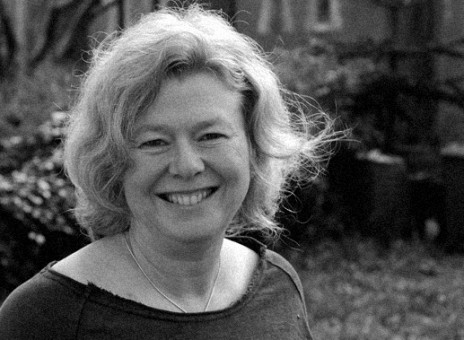Dark heritage and toxic waste
Heritage is not a beauty contest. Much of our heritage works with, commemorates and, at times, celebrates terrible tragedies, acts of violence, and oppression. People are often uncomfortable when such sites are designated, especially as World Heritage Sites, but most heritage management organisations, and even governments recognise that these places have as much value for self understanding as the places of beauty. But managing these places, especially managing tourism at these places is complicated. Sites such as Auschwitz have been very careful to design an experience that provoke contemplation and renewed support for democracy and inclusivity, and avoids macabre gawking at the horror. Of course there will always be critical appraisal of such important sites, assessing whether the balance is correct. See Nicole Deufel’s thoughtful blog post here.
But there are many undesignated sites of horror and tragedy, particularly those associated with personal, non-state violence, such as murder sites. There is a large body of scholarship dealing with such ‘dark tourism’ but less has been said about how these places fit into understandings of heritage.
The opening of a Jack the Ripper museum prompted a lot of reaction on social media, and there is a protest planned. Some of the outrage in this case relates to the fact that the planning application for the museum was for an exhibition celebrating the achievements of the women of the East End of London. As a local resident said, an exhibition focusing on their murder feels like a sick joke.

Sites of violence, especially unresolved violence like this, are dangerous. They need to be handled carefully. They can provoke responses that threaten to continue the violence that created them. We have a sense that some, such as Auschwitz, are resources, places where we can learn. Others, like the home of the serial killer Fred West, should be destroyed and decontaminated as far as possible. The house in Soham where Jessica Chapman and Holly Wells were killed was pulverised very carefully and the remains were distributed between selected but secret disposal sites so that they could not be collected as souvenirs as had happened with the West site.
This kind of treatment is evocative of another kind of site that we see as dangerous: nuclear power plants, and the waste they produce. Whenever I speak to people about murder sites, and Jack the Ripper in particular, they always ask if there is a time cut off, if the possibility of contemplating murder increases with time. People often use the word ‘half-life’ making the connection with radioactive waste, suggesting that heritage, like nuclear waste becomes less dangerous with time.
There is no cutoff, no cooling off period. Dark heritage is never ‘too hot to handle’ as the careful disposal of the Soham house materials shows. The moral danger is integral to the appeal of dark heritage. In fact, most dark tourism sites commemorate 20th century violence. Once the danger is gone, sites are likely to be forgotten, unless there are interventions, like the Jack the Ripper museum, to keep the story alive.

The same is true with nuclear waste. At the moment, when the waste is produced and there are conflicts concerning its management, public interest is high.
In this it is more reminiscent of ‘official’ dark heritage, such as commemoration of World War I. The intention of much of that heritage work is to ensure that the conflict is ‘not forgotten’ without reigniting the social danger of conflict associated with the slaughter and destruction of war. Can we remember the things we ‘should’, the socially and practically useful information for making society safe, without remembering the dangerous and emotionally exciting mess that surrounds it? Is there a case to be made for managing some dark heritage as contaminants rather than leaving them to be used by anyone who sees a business opportunity?
Plans for long term repositories such as Onkalo in Finland call for landscaping to previous form once the repository is closed. So that we will forget it is there, the moral and social danger of the conflict will be reduced. But of course it is also crucially important that we remember what it is, so that we will be able to manage the material safely.
